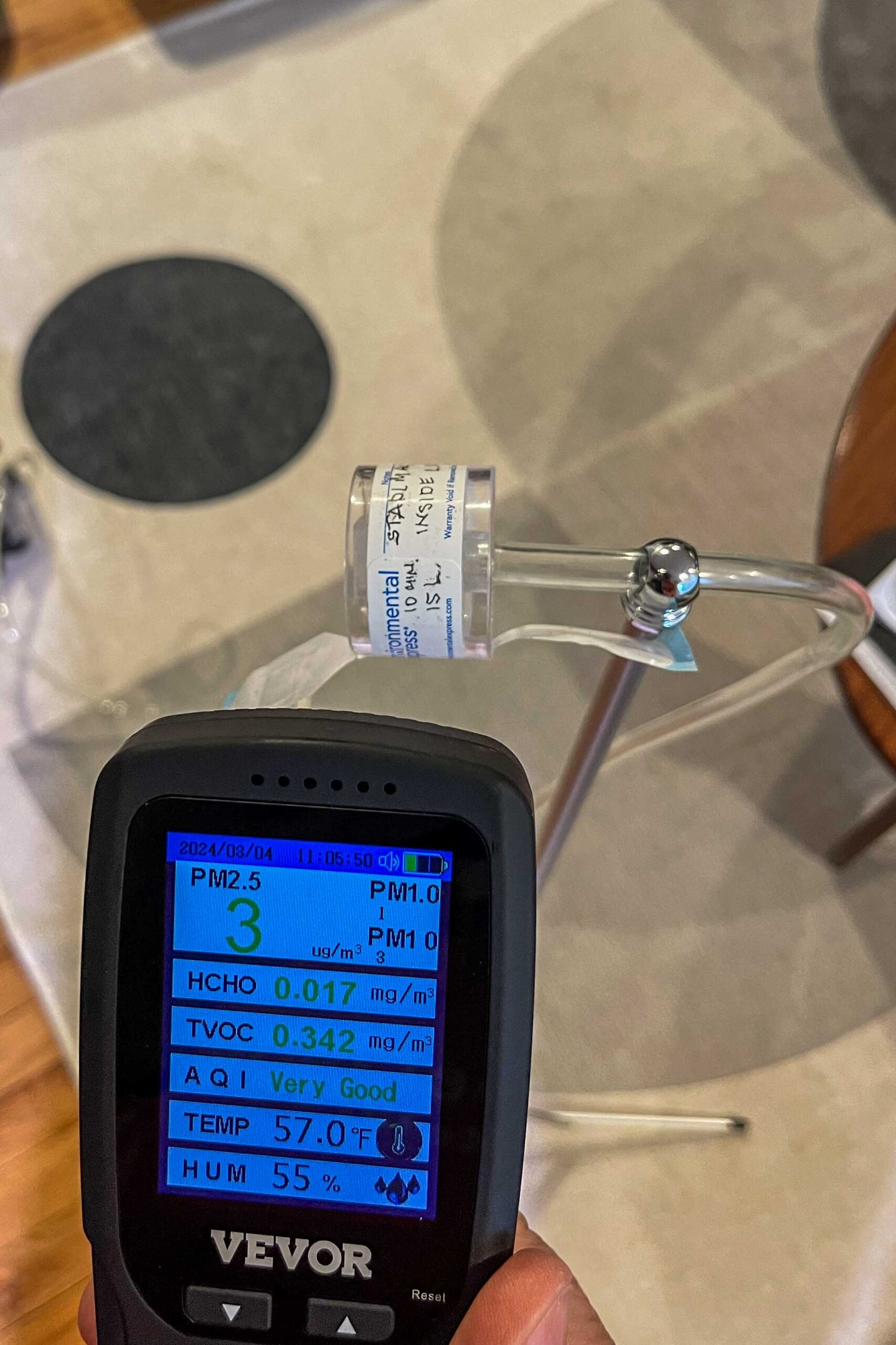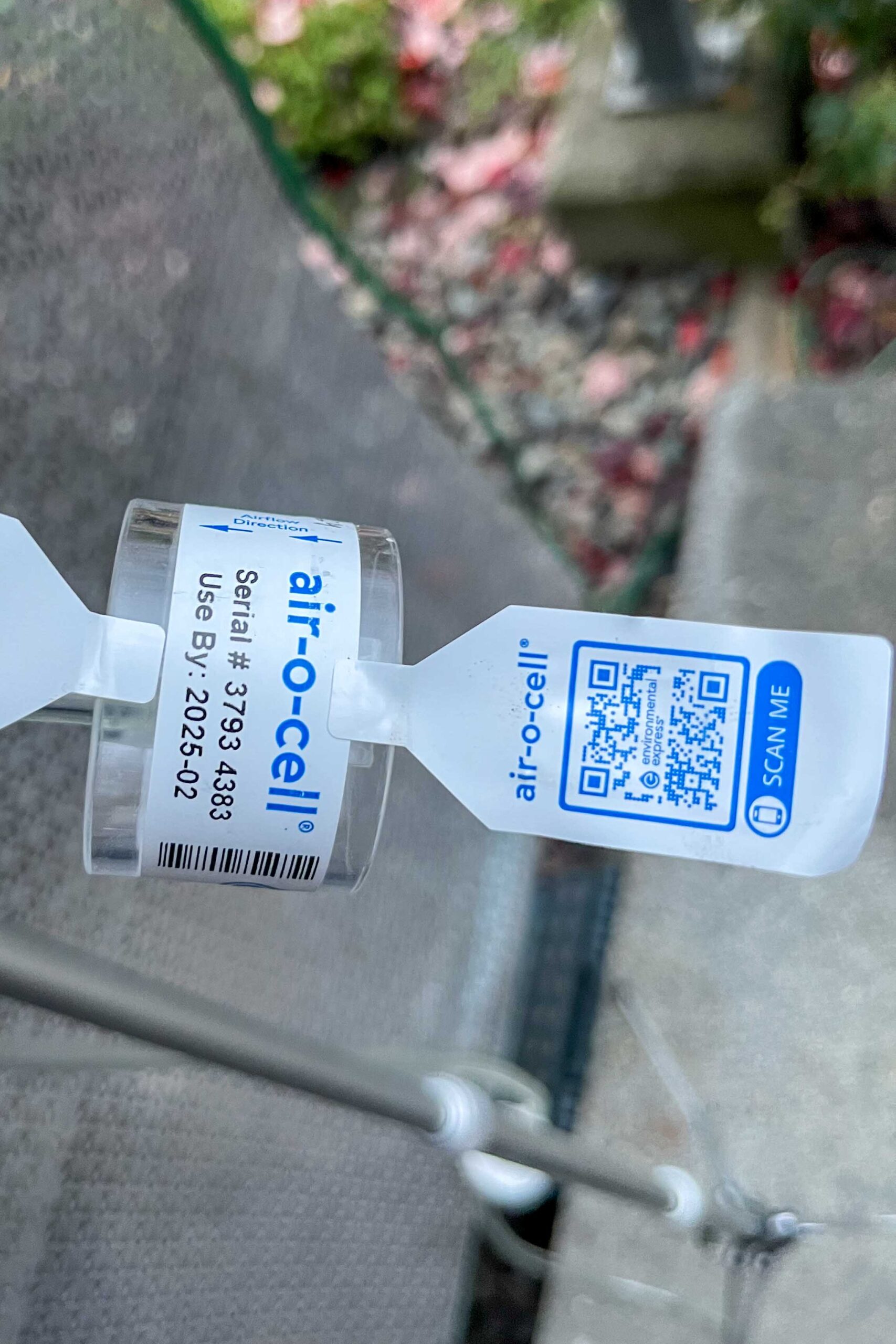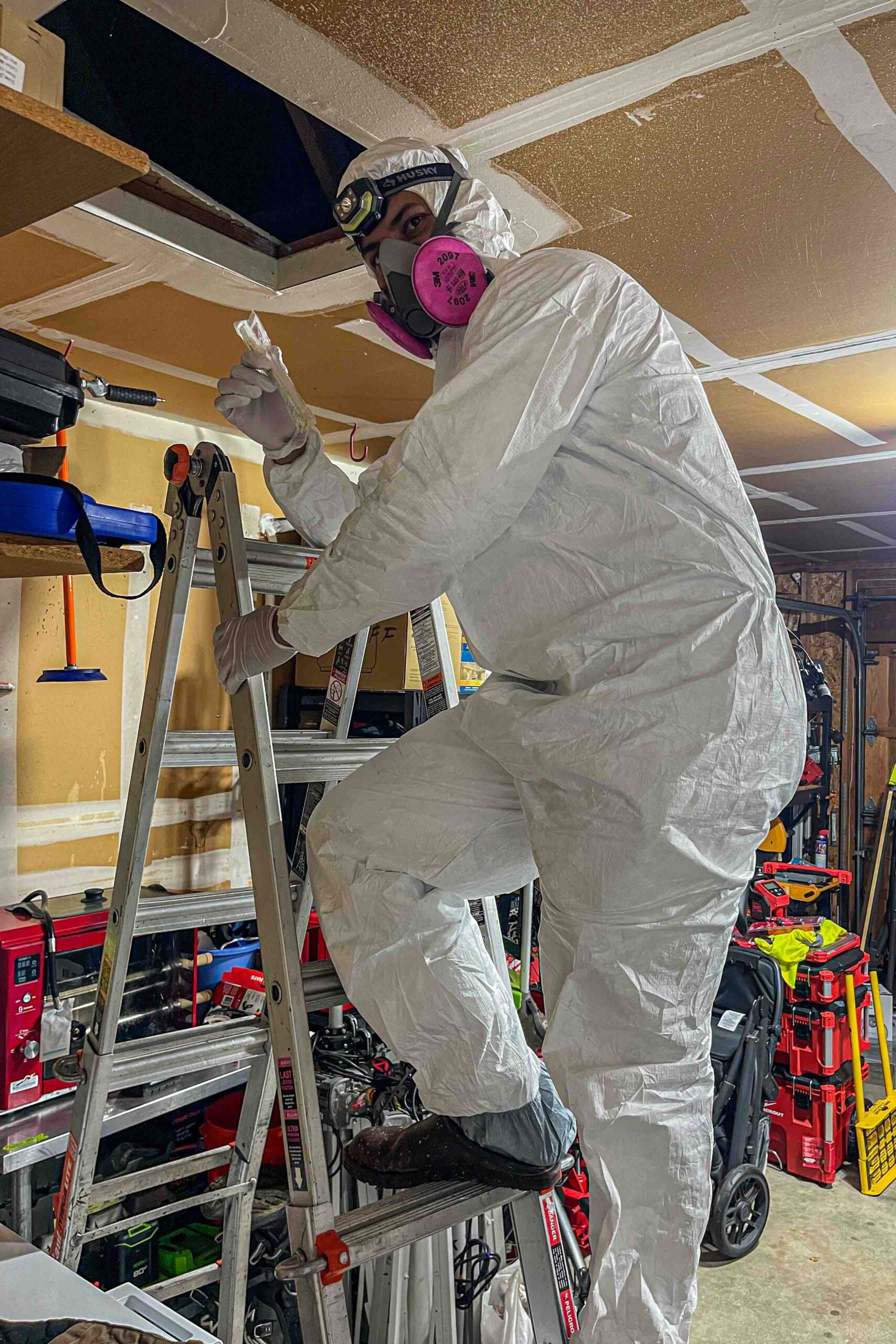Understanding Mold Testing: Why It Matters and What to Expect
Mold is a common issue in many homes and buildings, often hidden from view but capable of causing significant health problems and property damage. Mold testing is a crucial step in identifying and addressing mold-related issues, ensuring a safe living environment. This article explores the importance of mold testing, the different types available, and what you can expect during the process.
Why Is Mold Testing Important?
Mold thrives in damp, humid environments, making it a common problem in basements, bathrooms, and kitchens. While some types of mold are harmless, others can pose serious health risks, especially for individuals with respiratory conditions, allergies, or weakened immune systems.
Health Concerns
Exposure to mold can lead to a range of health issues, including:
- Respiratory Problems: Mold spores can irritate the lungs, causing coughing, wheezing, and shortness of breath.
- Allergic Reactions: Mold can trigger allergic reactions, including sneezing, runny nose, and skin rashes.
- Toxic Reactions: Some molds, such as Stachybotrys (black mold), produce mycotoxins that can lead to more severe health problems.
By conducting mold testing, homeowners can identify potential hazards and take appropriate action to mitigate risks.
Property Damage
Mold can cause significant structural damage to buildings. It can weaken wooden structures, damage drywall, and ruin insulation. Early detection through testing can save homeowners from costly repairs and extensive remediation efforts.



Types Of Mold Testing
Mold testing typically falls into three categories: air sampling, surface sampling, and bulk sampling. Each method serves a unique purpose and helps provide a comprehensive understanding of mold presence.
1. Air Sampling
Air sampling is one of the most common methods of mold testing. This technique involves collecting air samples from various areas in a home or building to measure the concentration of mold spores in the air.
- How It Works: A device called an air sampler is used to draw in air from the environment. The sample is then analyzed in a laboratory to identify and quantify the types of mold present.
- When to Use It: Air sampling is particularly useful when mold is suspected but not visible. It can help determine if indoor air quality is compromised.
2. Surface Sampling
Surface sampling involves testing specific surfaces for mold growth. This method is helpful for identifying visible mold or determining the extent of contamination.
- How It Works: Samples can be collected using swabs, tape lifts, or bulk samples. Swabs are used to collect mold from non-porous surfaces, while tape lifts capture mold spores from surfaces like walls or floors. Bulk samples involve removing a piece of material suspected of mold growth for analysis.
- When to Use It: Surface sampling is ideal when mold is visible or when homeowners want to assess specific areas for contamination.
3. Bulk Sampling
Bulk sampling involves taking a sample of the material suspected of harboring mold, such as drywall, carpet, or insulation.
- How It Works: A small section of the material is cut out and sent to a laboratory for analysis. This method provides a definitive identification of mold growth and can help determine the extent of damage.
When to Use It: Bulk sampling is most useful when significant mold damage is suspected or visible.
What To Expect During Mold Testing
If you decide to conduct mold testing, it’s essential to understand what the process entails. Here’s a step-by-step overview of what to expect:
1. Initial Consultation
A mold inspector will typically start with a consultation to discuss your concerns. They may ask questions about any visible mold, water damage, or health symptoms experienced by occupants.
2. Visual Inspection
The inspector will conduct a thorough visual inspection of your property, looking for signs of mold growth, moisture issues, and potential sources of water intrusion. This step is crucial in determining the most appropriate testing methods.
3. Sampling
Based on the initial findings, the inspector will select the appropriate testing methods—air, surface, or bulk sampling. They will carefully collect samples to ensure accurate results.
4. Laboratory Analysis
The collected samples are sent to a certified laboratory for analysis. The lab will identify the types of mold present and provide a report detailing their findings.
5. Results and Recommendations
Once the laboratory analysis is complete, the inspector will review the results with you. They will explain the types of mold found, their potential health risks, and recommend appropriate remediation steps if necessary.
Interpreting Mold Test Results
Understanding the results of mold testing is crucial for determining the best course of action. Mold testing reports typically include:
- Mold Types Identified: The report will list the different mold species found in your home, indicating whether they are considered allergenic, pathogenic, or toxigenic.
- Spore Count: This indicates the concentration of mold spores in the air or on surfaces. Higher spore counts may suggest a more significant mold problem.
- Comparison to Outdoor Levels: The report may compare indoor mold levels to outdoor levels. A significant difference can indicate a mold problem indoors.
Mold testing is a vital step in ensuring a safe and healthy living environment. By understanding the types of mold testing available and what to expect during the process, homeowners can take proactive measures to identify and address mold issues effectively. If you suspect mold in your home, consider scheduling a professional mold inspection and testing to safeguard your health and property.
